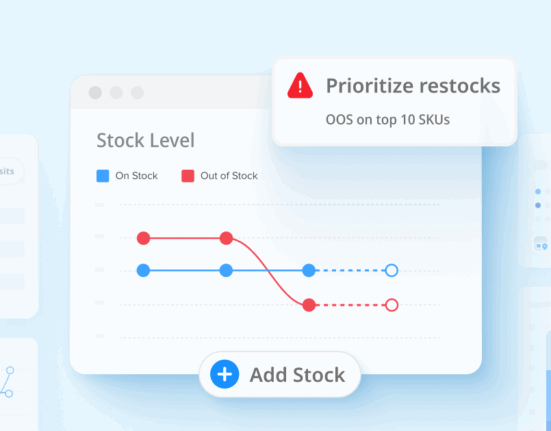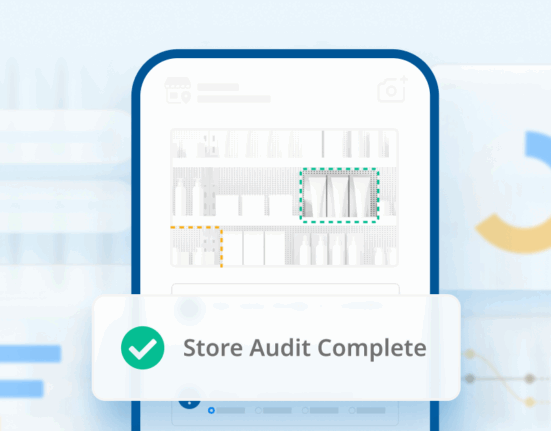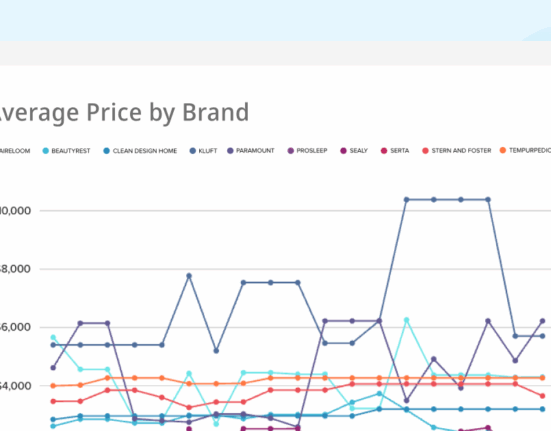In today’s fiercely competitive e-commerce landscape, visibility is everything. If your product isn’t easily found by consumers, it might as well not exist. This is where the concept of “share of search” comes into play. Share of search refers to the proportion of searches for your product or brand compared to the total searches for a given keyword on a retailer website. It is a crucial metric that indicates your product’s visibility and attractiveness to potential buyers. For brands vying for supremacy on the digital shelf, a strong share of search is not just desirable—it’s essential. If a product is not found, then it’s game over. Lost sales are the inevitable result.
The Domino Effect of Poor Visibility
Imagine a scenario where a consumer needs a specific product, say a pair of running shoes. They type in “running shoes” into the search bar of a popular e-commerce site. If your brand’s products do not appear on the first page of search results, the likelihood of making a sale plummets. Studies show that the vast majority of consumers don’t look past the first page of search results. This is the crux of the matter: if your product isn’t visible, it isn’t going to sell. Poor visibility directly translates to lost sales opportunities and, ultimately, reduced market share.
Influencers of Share of Search
Several factors contribute to and influence share of search, and understanding these can help you strategize more effectively to enhance your digital presence.
Product Availability
First and foremost, your product must be available. No amount of marketing or SEO can compensate for an out-of-stock product. E-commerce platforms prioritize available products because they aim to provide the best shopping experience to their users. If your inventory management isn’t up to par and your products frequently go out of stock, your share of search will suffer.
Things you can do:
- Ensure consistent product availability
- Implement robust inventory management systems
- Use predictive analytics to anticipate demand
Ratings and Reviews
Consumers heavily rely on ratings and reviews to make purchase decisions. A product with a high rating and numerous positive reviews will naturally attract more clicks and purchases. E-commerce algorithms take this consumer behavior into account, often prioritizing products with better ratings and more reviews in search results.
Things you can do:
- Encourage satisfied customers to leave positive reviews
- Address negative feedback promptly
- Offer incentives for reviews, such as discounts on future purchases
Good Product Content
High-quality product content is another critical factor. This includes detailed product descriptions, high-resolution images, videos, and accurate specifications. Good content not only informs and convinces potential buyers but also plays a key role in SEO. Incorrect product descriptions could set the wrong expectations and could end up in product returns and result in negative reviews.
Things you can do:
- Invest in professional photography and videography
- Write detailed, keyword-optimized product descriptions
- Include all relevant specifications and features and ensure they are kept up to date
Competitive Prices
Price is a major determinant in the purchasing decision. Consumers are always on the lookout for the best deals, and e-commerce platforms often rank products with competitive prices higher in search results.
Things you can do:
- Regularly monitor competitor pricing
- Adjust prices based on market trends
- Implement dynamic pricing tools to automate adjustments
Delivery Time Frames
In the age of instant gratification, delivery time frames can make or break a sale. Products that offer quicker delivery options are more attractive to consumers and are often prioritized by e-commerce algorithms.
Things you can do:
- Partner with reliable logistics providers
- Offer multiple delivery options, including expedited shipping
- Implement robust supply chain management practices
Promotions and Advertising
Targeted promotions and advertising can significantly influence share of search. Sponsored ads, pay-per-click campaigns, and other forms of digital marketing can help push your product to the top of search results.
Things you can do:
- Develop targeted digital marketing campaigns
- Invest in sponsored ads and pay-per-click campaigns to boost visibility
- Analyze campaign performance and adjust strategies based on data
Monitoring and Improving Share of Search
Monitoring share of search involves tracking how often your products appear in relevant searches compared to competitors. Once you have a clear understanding of your current share of search, you can implement strategies to improve it.
The Need for Automated Monitoring
Brands often attempt to monitor their share of search manually by performing searches on various retailer websites and recording the results in spreadsheets. Quickly, they realize that this approach is tedious and inconsistent. Consequently, this task is completed sporadically or, in many cases, not at all.
Given the fast-paced nature of eCommerce, search placements can change multiple times a day, especially with the increasing investment and adoption of retail media. Relying on manual methods to monitor share of search infrequently is a surefire way to lose sales.
Digital shelf analytics tools, such as Wiser’s Digital Shelf Intelligence product, automate the monitoring of share of search. These tools provide detailed insights into search performance and generate automatic alerts when your share of search performance declines. This allows you to take immediate corrective actions to maintain your search positioning on retailer websites.
The Long-Term Strategic Advantage and Benefits of a Strong Share of Search
Digital shelf intelligence is about understanding how your products are performing on e-commerce platforms and leveraging this knowledge to improve visibility and sales. Share of search is a key component of digital shelf intelligence. By monitoring and analyzing share of search, brands can gain insights into their competitive position and identify areas for improvement. This strategic advantage allows brands to make data-driven decisions that enhance their digital presence and drive sales.
Achieving and maintaining a strong share of search offers numerous long-term benefits. Increased visibility leads to higher sales volumes, which in turn can improve your market share and brand reputation. As your products become more popular, they will attract more reviews and positive feedback, creating a virtuous cycle that further enhances your share of search.
Conclusion
In the world of e-commerce, visibility is paramount. If your product isn’t found, it’s game over—lost sales are the inevitable result. Share of search is a critical metric that reflects your product’s visibility and attractiveness to consumers. By focusing on factors such as product availability, ratings and reviews, good product content, competitive prices, delivery time frames, and promotions, you can enhance your share of search and secure a competitive edge on the digital shelf. Embracing digital shelf intelligence and making data-driven decisions will ensure that your products are not only found but also chosen by consumers, leading to sustained success in the ever-evolving e-commerce landscape.
Prioritize sales growth and set up a meeting with Wiser.









